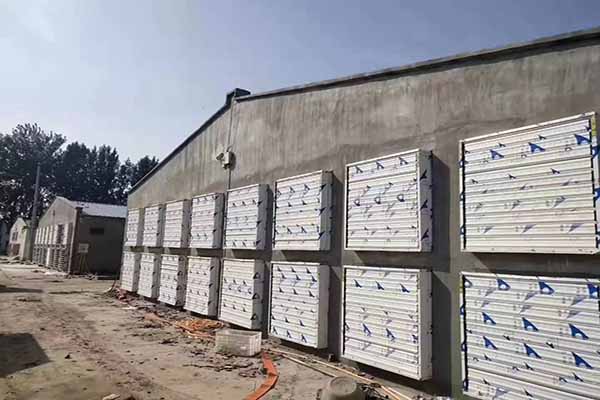Optimal Chicken Farm Cage Equipment for 140,000 Chickens in Kenya
Understanding the Requirements for Large-Scale Chicken Farming in Kenya
In the bustling poultry industry of Kenya, the demand for efficient and scalable chicken farm cage equipment is on the rise. With a target of housing 140,000 chickens, selecting the right cage equipment is crucial for optimal productivity and animal welfare. This article explores the key considerations when choosing the perfect cage equipment for a large-scale chicken farm in Kenya.
Cage Design and Capacity
The first consideration is the design of the chicken cages. Each cage should be spacious enough to ensure the comfort and health of the chickens. The standard size for chicken cages is around 1.5 square meters per bird, but this can vary depending on the breed and the stage of growth.
For a farm housing 140,000 chickens, you would require approximately 210,000 square meters of cage space. This equates to 21,000 cages, each designed to hold 7 chickens. The cage layout should facilitate easy movement for the chickens and should be designed to reduce the risk of injury.
Material and Durability
The material used for the cages is also vital. In Kenya, where the climate can be harsh, the material must be durable and able to withstand outdoor conditions. Common materials include galvanized steel, which is resistant to corrosion and has a long lifespan.
Automation and Efficiency
Automated systems for feeding, watering, and waste management can significantly increase efficiency. For a farm of this scale, automated systems are not just convenient but also cost-effective in the long run.
– Feeding Systems: Automated feeders can distribute food evenly, ensuring that all chickens receive an adequate supply.
– Watering Systems: Waterers that provide continuous and clean water are essential for the health of the chickens.
– Waste Management: Automated systems for waste removal help maintain hygiene and prevent disease spread.
Energy Efficiency
Energy costs can be a significant part of the operational expenses for a chicken farm. Equipment that is energy-efficient can help reduce these costs. For example, LED lighting and solar-powered systems can be integrated into the farm’s design.
Space Utilization
Efficient space utilization is key for large-scale farming. The design of the farm should incorporate vertical space, allowing for more chickens per unit area.
Environmental Impact
With growing environmental concerns, it is important to choose equipment that is eco-friendly. Biodegradable materials and sustainable manufacturing processes should be considered.
Conclusion
Selecting the right chicken farm cage equipment for a farm housing 140,000 chickens in Kenya requires careful planning and consideration of several factors. The correct equipment can lead to increased productivity, reduced costs, and better animal welfare.
If you are planning to set up a large-scale chicken farm in Kenya and require professional guidance on cage equipment selection, contact us at LIVI Mechanical. We offer free chicken farm design plans and equipment quotes to help you make informed decisions.





